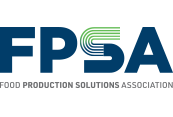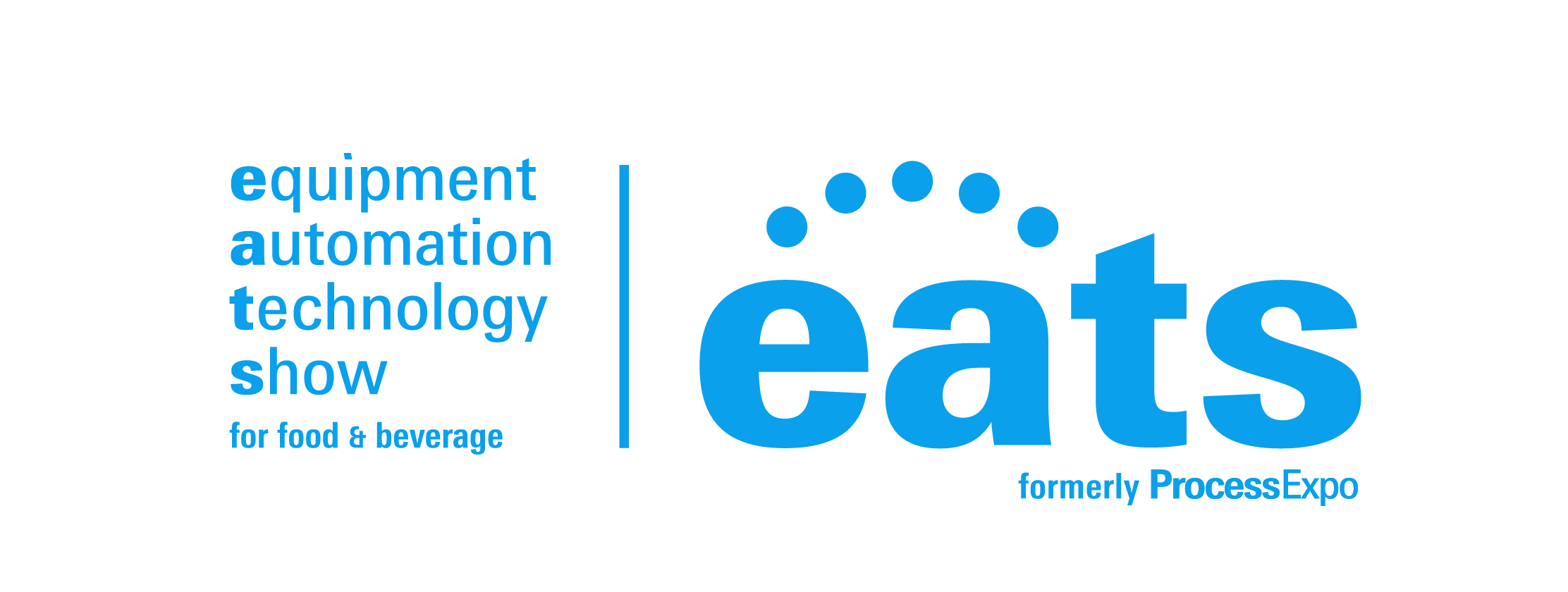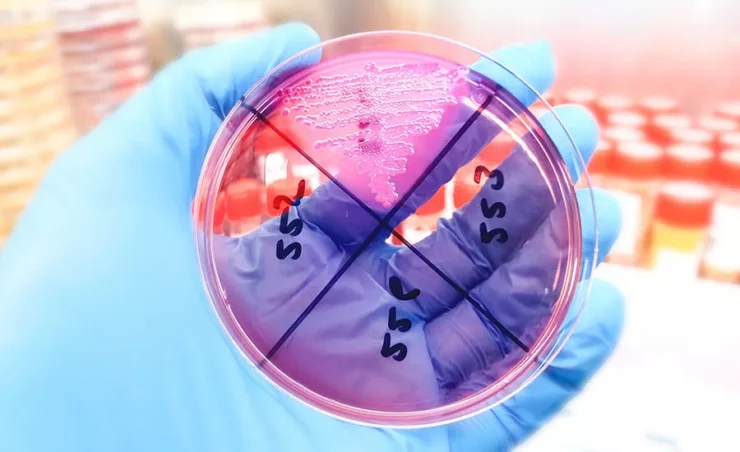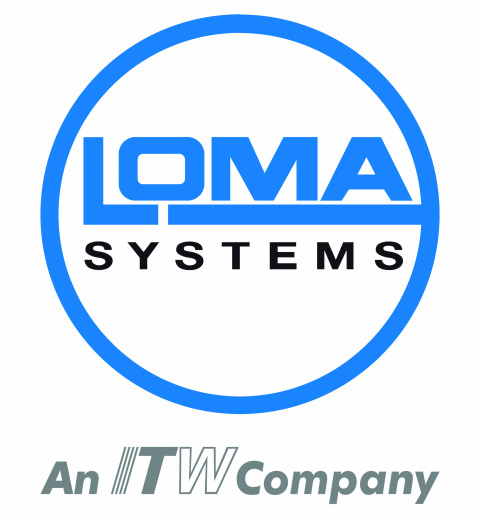This article discusses trends and data for microbiological testing in the food and beverage sector, informed by data collection, surveys, and interviews with end-users at food processors, laboratories, manufacturers of test
Keep Reading


Food Safety News
The Institute of Food Technologists’ (IFT’s) Food Science Academic Knowledge Base 2025 covers application and enrollment trends, areas of growing and declining interest, and key influences among food science students globally.
Keep Reading
A recent study investigating Listeria monocytogenes in South Korea’s beef supply chain revealed the presence of the pathogen exclusively in retail product samples, underscoring the importance of strict food safety
Keep Reading
A recent study investigating biofilms in water hoses used in a meat processing facility revealed widespread microbial colonization, raising concerns about hoses as reservoirs for pathogens, and underscoring the need
Keep Reading
In his veto letter, Gov. Gavin Newsom said he agreed with Senate Bill 682’s goal of phasing-out “forever chemicals” from consumer products, but said the bill would sacrifice Californian’s ability
Keep Reading
Food processors do not always consider the physical hazards that may be brought in with agricultural raw materials, or have systems in place to address them. Focus may also be
Keep Reading
Key Considerations for Food Safety Recalls
Many food companies facing a possible product find themselves unsure of what to do, let alone how to engage with FDA. This article walks through some of the key considerations
Keep Reading
Envision is a suite of products, services, and solutions designed specifically for drainage systems in new construction projects for the food and beverage manufacturing and processing industry. Read More
Senate Bill 68 (SB 68), titled, the Allergen Disclosure for Dining Experiences Act (ADDE), will apply to chain restaurants with 20 or more locations by January 1, 2026. Read More
This article discusses an Information Sharing and Analysis Center (ISAC) for biosurveillance, with the aim of ensuring food safety as part of a food defense program. ISACs collect, analyze, and
Keep Reading
























